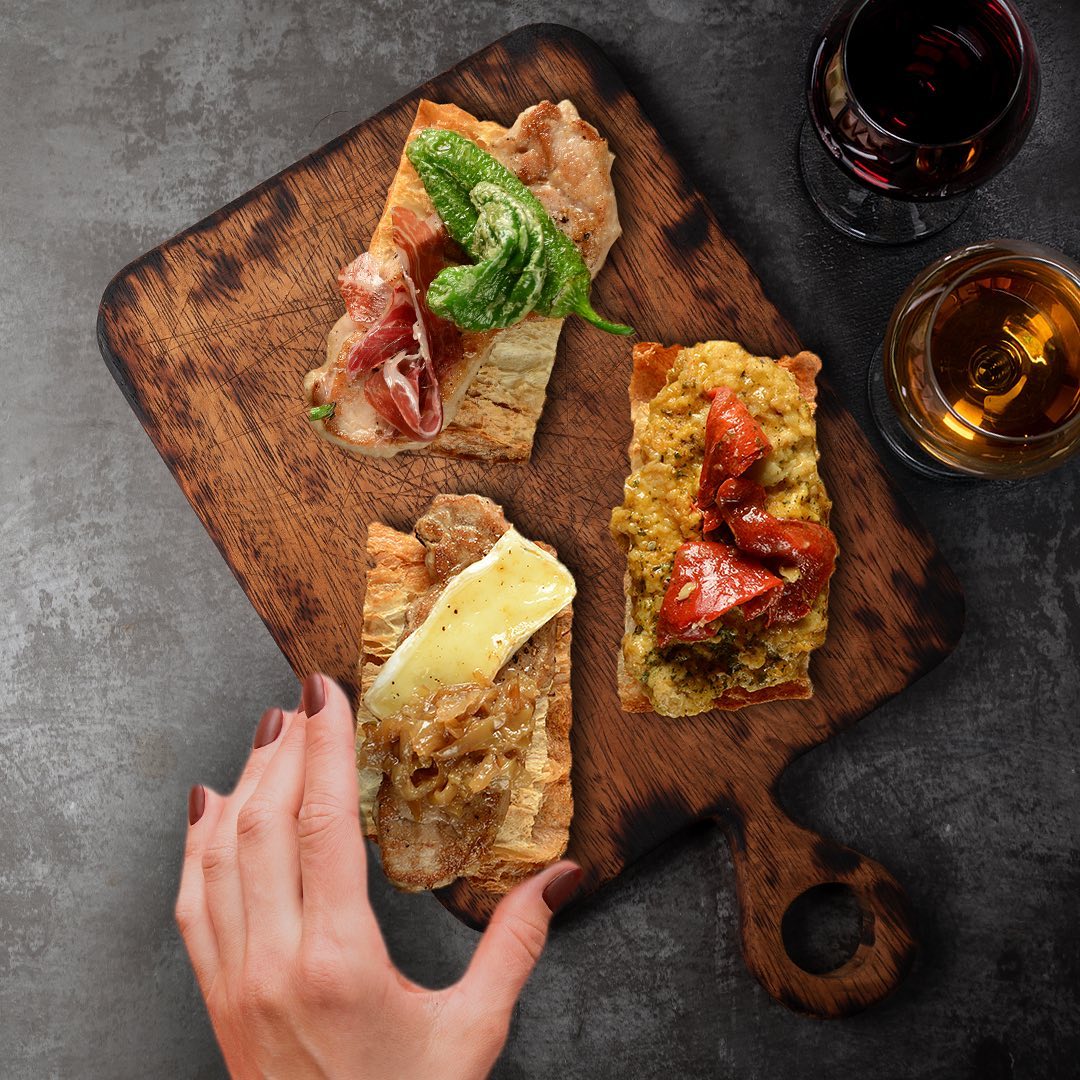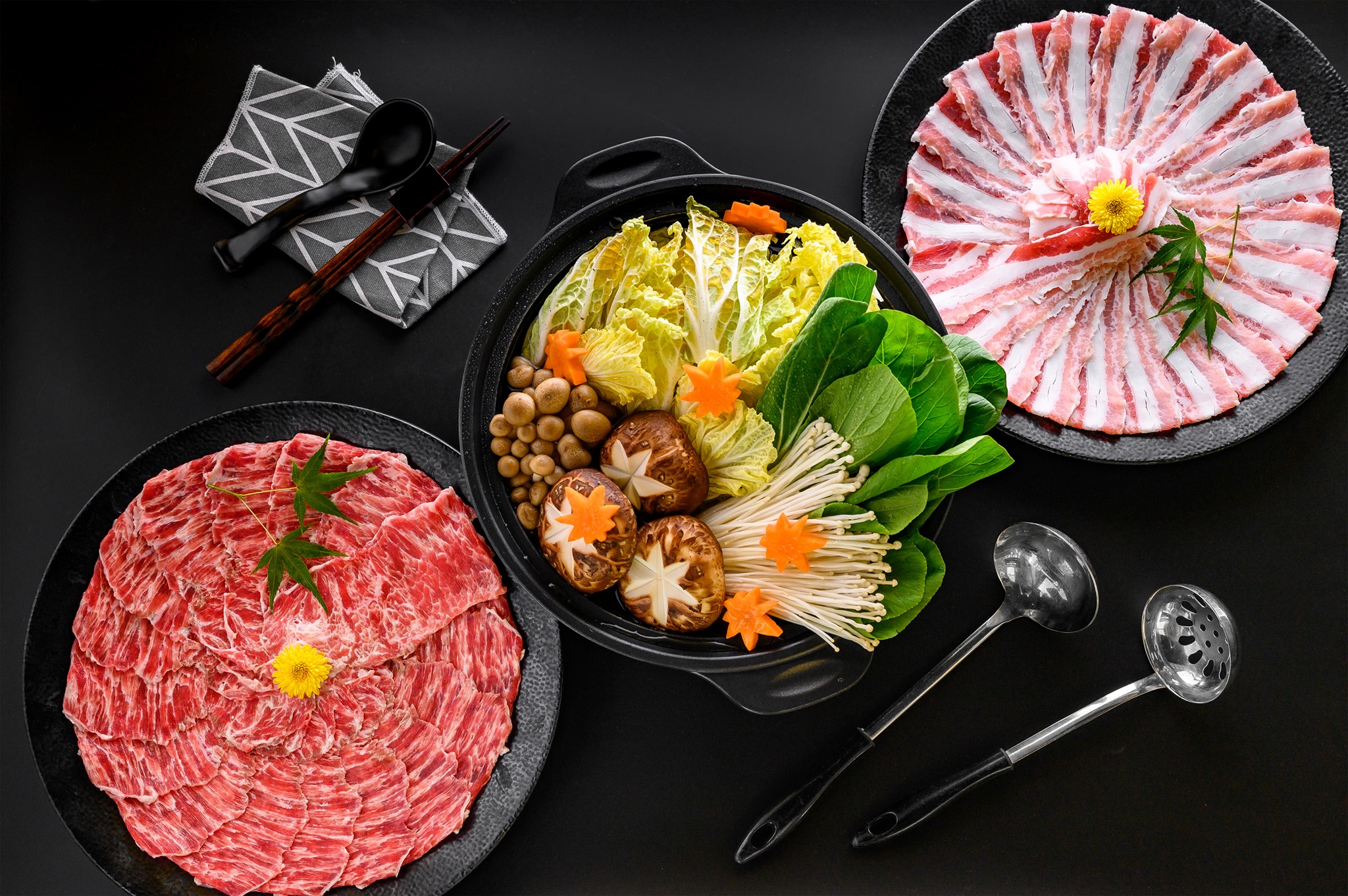The Upper Crust
Perhaps the greatest change to our dining scene in the last decade has been the emergence of independent fine dining restaurants. Independents really started to take root in Singapore with the likes of Michelangelo’s, which opened in 1995, Da Paolo’s Il Ristorante (1996), and Senso (2000). Now, many of our best fine dining institutions, such as Saint Pierre, Garibaldi and Shiro, are independently owned, stand-alone restaurants that have distinguished themselves from the five-star hotels with their own loyal customer base, innovative cuisine, ambiance and personality. Indeed, the market for fine fare is so lucrative that the World Gourmet Summit has become a flagship event, also celebrating its tenth anniversary this year.
Winos
Drinking wine as part of our meals is something that has become the norm over the last 10 years. It seems that with increasing variety and competition bringing forth decreasing prices, and growing general knowledge about wine, we have incorporated a drop of white or red into our lifestyle in a way never seen before. Now many restaurants—Asian included—have extensive wine lists indicating which wines to enjoy with your meal. Retail wine bars now abound (such as Wine Network, The Wine Co. and Wine Connection) beside long-standing wine drinking establishments such as Que Pasa.
Hubs and More Hubs
In the past, we used to make our way to isolated restaurants with little or no surrounding competition. But the late ’90s and early ’00s have seen the emergence of a new type of urban development: the dining neighborhood. Areas such as Club Street, Ann Siang Hill and Duxton Hill were among the first to become attractive destination dining precincts. Now we have Greenwood Avenue, Chip Bee Gardens and more. Look out for the latest development—Rochester Park, home to the new “it” spot for outdoor drinks, One Rochester, plus new restaurants North Border, Min Jiang, and others like Da Paolo and Graze opening soon.
Cafe Culture and Gourmet Delis
Over the last 10 years our kopitiams have found some fierce competition with the arrival of lattes, cappuccinos and short blacks into the caffeine-induced mindset. As if to prove the popularity of European-style coffee, chains such as Starbucks and Spinellis arrived on our shores in 1996 and jostled for space beside homegrown giant Coffee Club. And the kopitiams are fighting back with kopiccinos and other innovative new hybrids.
Sandwiches are finding a new lease on life too. Since 1997 and 1998, respectively, Cedele and O’Briens have been trading on the good name of their whole wheat or rye sandwiches jammed full of interesting fillings.
To make your own great sandwich one needs a good deli, and luckily the past decade has seen a growth in these as well. We’re no longer limited to old standby Jason’s. Along with places like Cellar Door and Culina, we now have delis such as Da Paolo Gastronomica and Something to Go that specialize in charcuterie and gourmet takeaway meals. Bunalun has gone so far as to specialize in organic produce, and is one of the new breed (including Lazy Gourmet and Ricciotti) which also features a little restaurant area. For the office worker with no time to cook (but who still wants to eat well), we’re grateful chefs have figured out there is money to be made out of good gourmet food to go.
The Top 10 from 10 Years
Here are our I-S picks for the top 10 restaurants that have had the greatest influence on Singapore’s restaurant industry in the last decade (listed in no particular order).
Les Amis
There is no doubt that the Les Amis group is the giant in Singapore for fine French fare. Other fine dining chefs owe Les Amis a debt of gratitude as in 1994 it became one of the first restaurants to show there is a market here for haute cuisine.
Club Chinois
The ever-expanding Tung Lok Group changed our perceptions of Chinese food by successfully bringing modern Chinese cuisine to Singapore in 1997. Club Chinois was so successful that it spawned two more hits, My Humble House (2002) and Space @ My Humble House (2004)—plus a slew of competitors.
Crystal Jade
Love it or hate it (we fall into the former group), Crystal Jade is the undeniable giant in the Chinese restaurant stakes, rivaled only by the Tung Lok Group. With their delicious xiao long bao to consistently great dim sum, this restaurant chain dominates the Chinese restaurant market.
Mezza9
The Grand Hyatt’s darling was one of the first restaurants to bring hotel dining to new heights. Opened in 1998, it introduced us to the hybrid menu concept, where, under one roof, diners are able to sample high quality fare from around the world.
Chatterbox
It remains to be seen whether the loss of Chef Steven Low in November 2005 will affect the success of Chatterbox, but this restaurant was the one to bring local hawker food into the five-star hotel market with its famous chicken rice.
The Line
Several years after Mezza9’s debut, Shangri-La’s The Line brought the fading hotel buffet back to life with fresh food in a chic environment. The Line spawned a number of copycats, and one of the biggest dining trends of 2005.
Michelangelo’s
It was Michelangelo’s that transformed the Chip Bee Gardens area into the trendy and sophisticated part of Holland V. Chef Angelo D. Sanelli’s dominance is proven by his other ventures on the stretch, Sistina, Original Sin and the Bent Fork cooking school.
The Marmalade Group
The true impact of Marmalade is in the success of the entire group since it launched the original Marmalade restaurant on Purvis Street in 1999. From Toast to the glamorous Pierside Kitchen and Bar and über chic Marmalade Pantry, The Marmalade Group has formulated just the right combination of trendy modern tastes with classic Western favorites to capture taste buds in every price range.
Saint Pierre
Since 2000, Chef Emmanuel Stroobant’s innovative flair has made his restaurant a leader in delighting Singaporean palates with truly creative cuisine, consistently resetting the bar on what can be done with traditional food with every new seasonal menu.
The Cliff
Dining neighborhoods might be the trend, but it was The Cliff that brought destination dining into the spotlight in 2002. The food is great, but going to this restaurant is about so much more: the scenery, the views and atmosphere.





